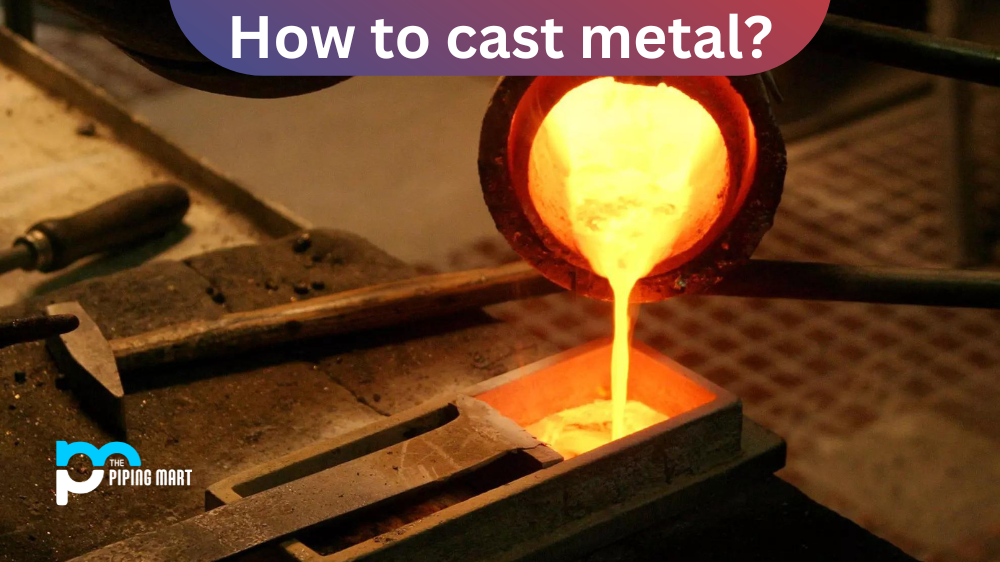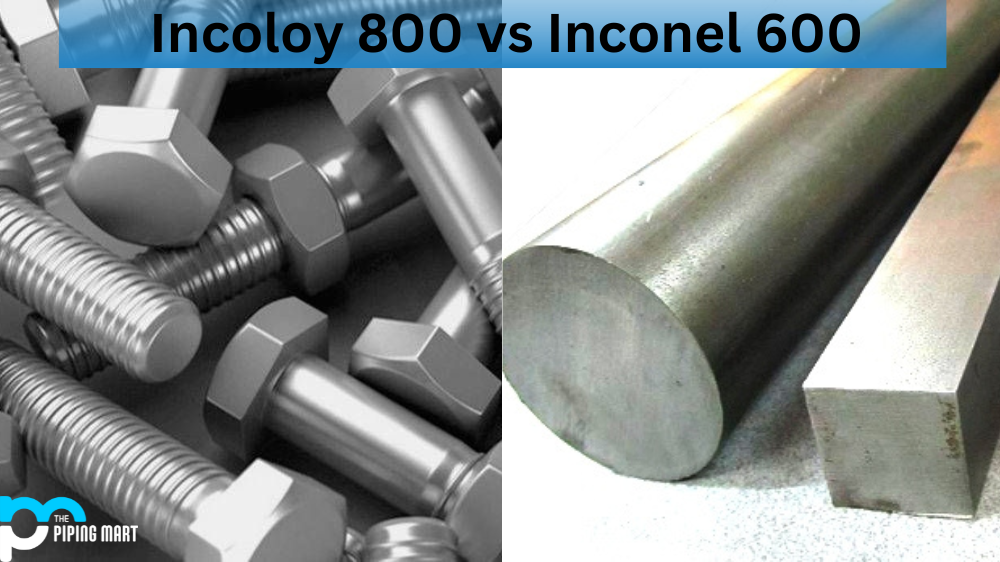Metal casting is the process of creating metal objects by pouring molten metal into a mold and allowing it to cool and harden. It’s an important process for many industries, from automotive manufacturing to jewelry-making. If you’ve ever wanted to learn about casting metal, then this blog post is for you! We’ll discuss the steps involved in casting metal and how it can be used in different applications.
The Casting Process
Metal casting is a complex and intricate process that requires both skill and precision. The first step involves creating a mold out of sand or plaster, which will give the object its shape once the metal has been poured in. Next, the desired type of metal must be heated up until it reaches its melting point so that it can be poured into the mold. Once the molten metal is inside the mold, it must cool down before it can be removed. This cooling process may take anywhere from minutes to days, depending on the size and complexity of the object being cast.
Choose the right metal.
The first step in learning how to cast metal is to choose the right metal for your project. There are a variety of metals that can be used for casting, including aluminum, brass, bronze, iron, and steel. Each metal has its own unique properties that will affect the final product, so it is important to select the metal that is best suited for your needs.
Melt the metal
Once you have selected the appropriate metal for your project, it is time to melt it. This can be done using a furnace, crucible, or torch. The melting point of each metal varies, so it is important to consult a reference guide to ensure that the metal is melted properly.
Prepare the mold
The next step in learning how to cast metal is to prepare the mold. The mold must be made from a material that can withstand high temperatures, such as sand, plaster, or ceramic. Once the mold is prepared, it must be placed in a casting box or frame to support it during the casting process.
Pour the molten metal.
Once the mold is prepared, and in place, you are ready to pour the molten metal into it. It is important to pour slowly and evenly to avoid creating voids or bubbles in the final product. After all of the metal has been poured, allow it to cool completely before removing it from the mold.
Finish the product
The final step in learning how to cast metal is to finish the product. This may involve sanding down any rough edges or polishing the surface of the metal.
Applications of Metal Casting
Metal casting is used widely in many industries today due to its versatility and affordability. It’s commonly used in automotive manufacturing for creating engine components such as pistons and valves; these components must be precise and strong, making them ideal candidates for metal casting. Similarly, many jewelry pieces are also created with metal casting due to their ability to create detailed shapes with accuracy. Finally, metal casting can also be used for sculptures or decorative pieces due to its ability to capture intricate details.
Conclusion:
Metal casting is an incredibly useful process that has helped create countless products over time—from everyday items like car parts to delicate works of art like sculptures or jewelry pieces. Whether you’re a beginner looking to learn more about this craft or an experienced professional, we hope this article has provided some insight into how you can use this technique effectively! With practice and patience, you can create amazing things with this fascinating method!
Rachana is a dedicated and ambitious young woman who has made a name for herself in the metal industry. From her earliest days in the industry, Rachana showed a natural talent for problem-solving and a keen eye for detail. In her free time, She enjoys reading up on the latest advancements in the industry, as well as exploring new ways to innovate and improve upon existing processes.




